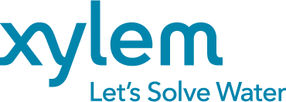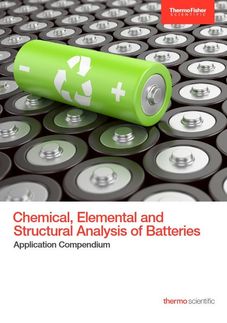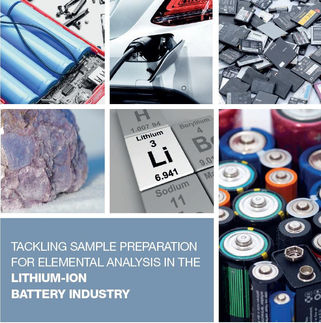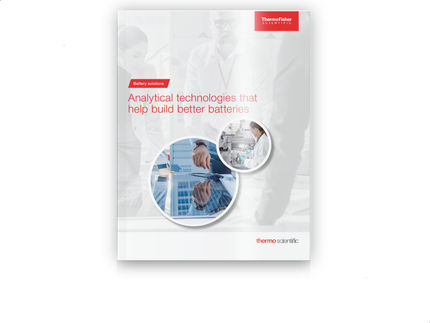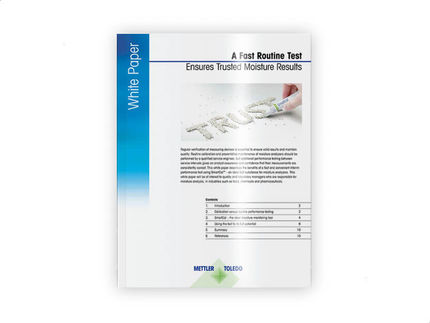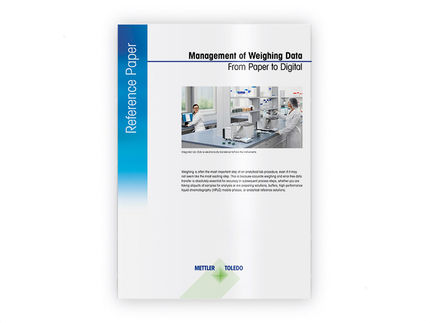Dissolved Oxygen measurement in theory and in practice
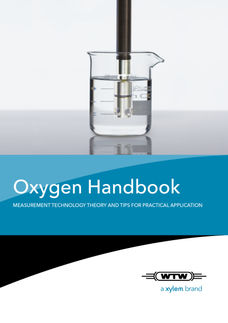
Calibration, Anaytical Quality Assurance, electrochemical and optical D.O. measurement
The handy A5 brochure offers a theoretical introduction into dissolved oxygen measurement and a multitude of practical tips
CONTENT
Fundamentals, Dissolved Oxygen Sensors
Calibration
- Calibration in water vapor-saturated air
- Calibration in air-saturated water
- The calibration process in the measuring meter
- Sensor test in water-vapor saturated air
- Sensor test in air-saturated water
- Sensor test using zero solution
Measurement and analytical quality assurance
- Cleaning and regenerating the sensor
- Unit and display of the measuring result
- Display as a concentration value
- Display as oxygen saturation percentage
- Potential error sources
- Polarization times (running-in time) before measurement
- Drift check (AUTOREAD)
- Importance of flow
- Salt content correction
- Impact of interfering gases
- Solubility function
Optical D.O. measurement
- The principle of optical measurement
- Characteristics of the optical dissolved oxygen sensors
- Calibration of optical dissolved oxygen sensors
- Cleaning of optical dissolved oxygen sensors
- Impact of interfering gases
Download white paper now
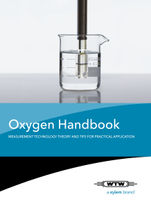
Dissolved Oxygen measurement in theory and in practice
Calibration, Anaytical Quality Assurance, electrochemical and optical D.O. measurement
White Paper classification
White papers on related topics
Products on related topics
Manufacturers of similar products
See the theme worlds for related content
Topic world Sensor technology
Sensor technology has revolutionized the chemical industry by providing accurate, timely and reliable data across a wide range of processes. From monitoring critical parameters in production lines to early detection of potential malfunctions or hazards, sensors are the silent sentinels that ensure quality, efficiency and safety.

Topic world Sensor technology
Sensor technology has revolutionized the chemical industry by providing accurate, timely and reliable data across a wide range of processes. From monitoring critical parameters in production lines to early detection of potential malfunctions or hazards, sensors are the silent sentinels that ensure quality, efficiency and safety.
